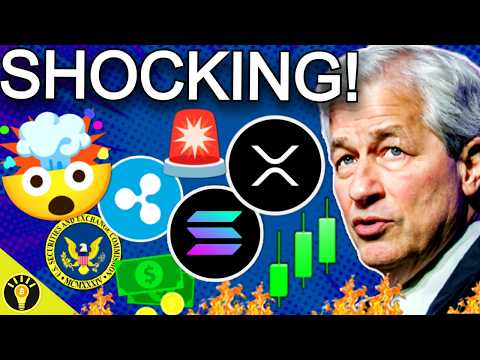In the rapidly evolving world of digital finance, XRP stands at the forefront, promising to revolutionize peer-to-peer lending. As a pivotal player in decentralized finance, XRP offers unprecedented potential in the financial technology landscape. With its innovative approach to blockchain lending, XRP is setting new standards in the lending market, heralding a finance revolution. For both seasoned investors and crypto enthusiasts, exploring XRP lending platforms could unlock significant opportunities within the digital currency lending sphere.
XRP’s integration into peer-to-peer financial services marks a significant shift in how loans are approached and managed. By leveraging blockchain technology, XRP lending solutions enhance loan security and streamline the process, offering a robust alternative to traditional financial systems. This evolution not only strengthens XRP’s position in modern finance but also paves the way for increased adoption in the lending market.
As Ripple continues to innovate within the fintech sector, XRP's role in P2P lending becomes increasingly significant. Investing in XRP loans presents a unique chance to engage with cutting-edge financial technology while potentially reaping substantial rewards. The economic impact of these innovations extends beyond individual transactions, influencing broader finance trends and reshaping economic paradigms.
With growing interest in XRP's applications in DeFi, the cryptocurrency is poised to transform lending practices across various markets. This dynamic landscape invites stakeholders to explore the myriad benefits of XRP loan applications and their implications for the future of finance. As we delve deeper into this topic, we'll uncover how XRP is redefining loan structures and driving change in economic systems worldwide.
XRP's Potential in Revolutionizing Peer-to-Peer Lending
The Evolution of XRP in P2P Lending
XRP’s journey in P2P financial services is marked by its strategic integration of blockchain technology to enhance loan security and streamline processes. This development signifies a substantial shift from conventional loan management systems, providing a robust alternative that appeals to both lenders and borrowers. The use of XRP in this context not only bolsters its role in modern finance but also accelerates its adoption across various markets.
For instance, Ripple's recent collaborations with global financial institutions have underscored XRP's capability to facilitate cross-border lending with reduced transaction times and costs. This has been particularly beneficial in emerging markets where access to traditional banking services is limited. As reported by CoinDesk, Ripple's partnerships have already begun to yield positive results, demonstrating XRP's potential to bridge financial gaps worldwide.
Key Benefits of XRP in P2P Lending
1. Enhanced Loan Security: The integration of blockchain technology into XRP lending solutions provides unparalleled security for transactions. Each loan is recorded on an immutable ledger, ensuring transparency and reducing the risk of fraud—a common concern in traditional lending systems.
2. Cost Efficiency: By eliminating intermediaries, XRP loan platforms significantly lower the cost of borrowing. This cost efficiency is particularly attractive for small businesses and individual borrowers who often face prohibitive fees in conventional lending.
Case Studies Illustrating XRP's Impact
Cross-Border Microloans in Southeast Asia: A notable case study involves XRP's use in facilitating microloans in Southeast Asia, a region characterized by a high demand for microfinance solutions. Ripple’s collaboration with local fintech startups has empowered small entrepreneurs by providing them with quick access to capital. As detailed in a Bloomberg report, these initiatives have led to an increase in local business activities and economic empowerment, highlighting XRP’s economic impact.
Decentralized Lending Platforms: Several decentralized lending platforms have integrated XRP into their ecosystems to enhance the efficiency and security of their offerings. Platforms like Aave have utilized XRP’s blockchain capabilities to offer seamless and secure lending services, demonstrating the cryptocurrency’s versatility and potential for broader adoption.
Challenges and Opportunities
Despite its promising potential, XRP faces challenges such as regulatory hurdles and market volatility. The ongoing scrutiny from regulatory bodies remains a concern, as seen in recent legal developments involving Ripple Labs and the U.S. Securities and Exchange Commission (SEC). However, these challenges also present opportunities for growth and adaptation within the industry.
In conclusion, while challenges persist, the potential for XRP to revolutionize peer-to-peer lending is significant. By embracing innovation and adapting to evolving market conditions, XRP is poised to play a pivotal role in shaping the future of finance, offering transformative solutions that resonate with both traditional financial entities and modern digital economies.










Leave a Comment